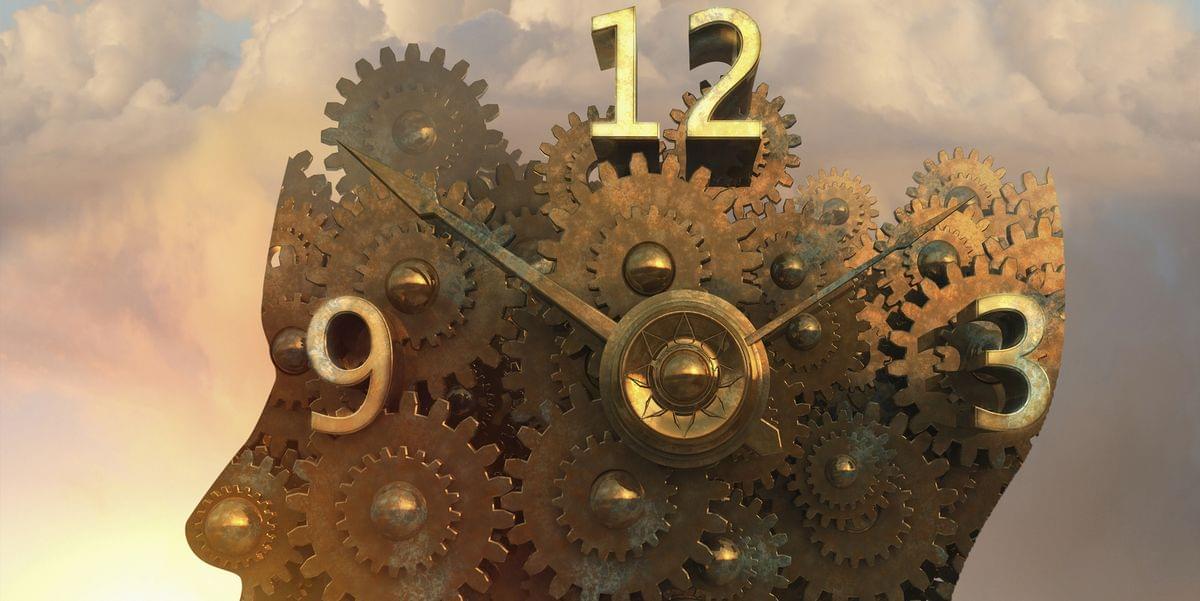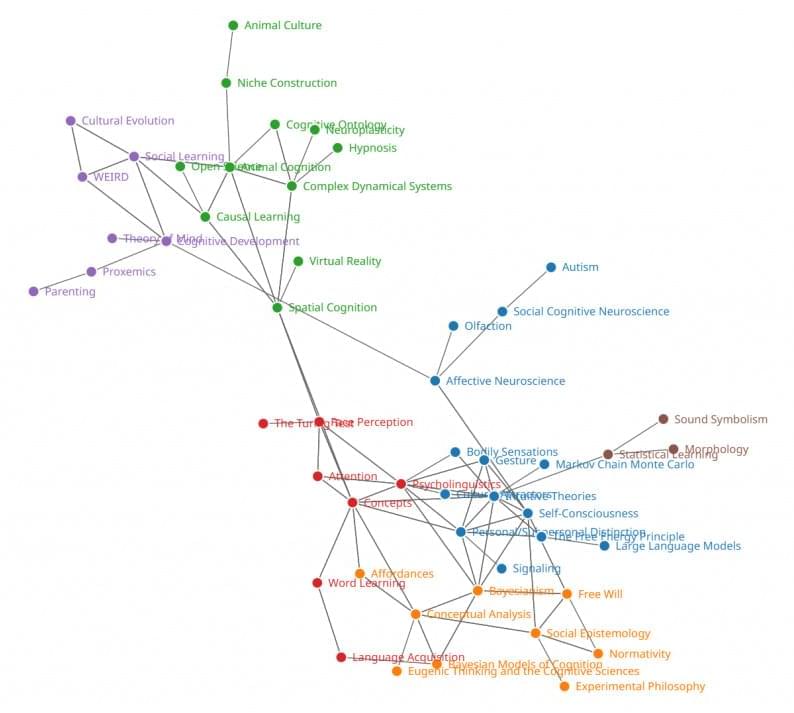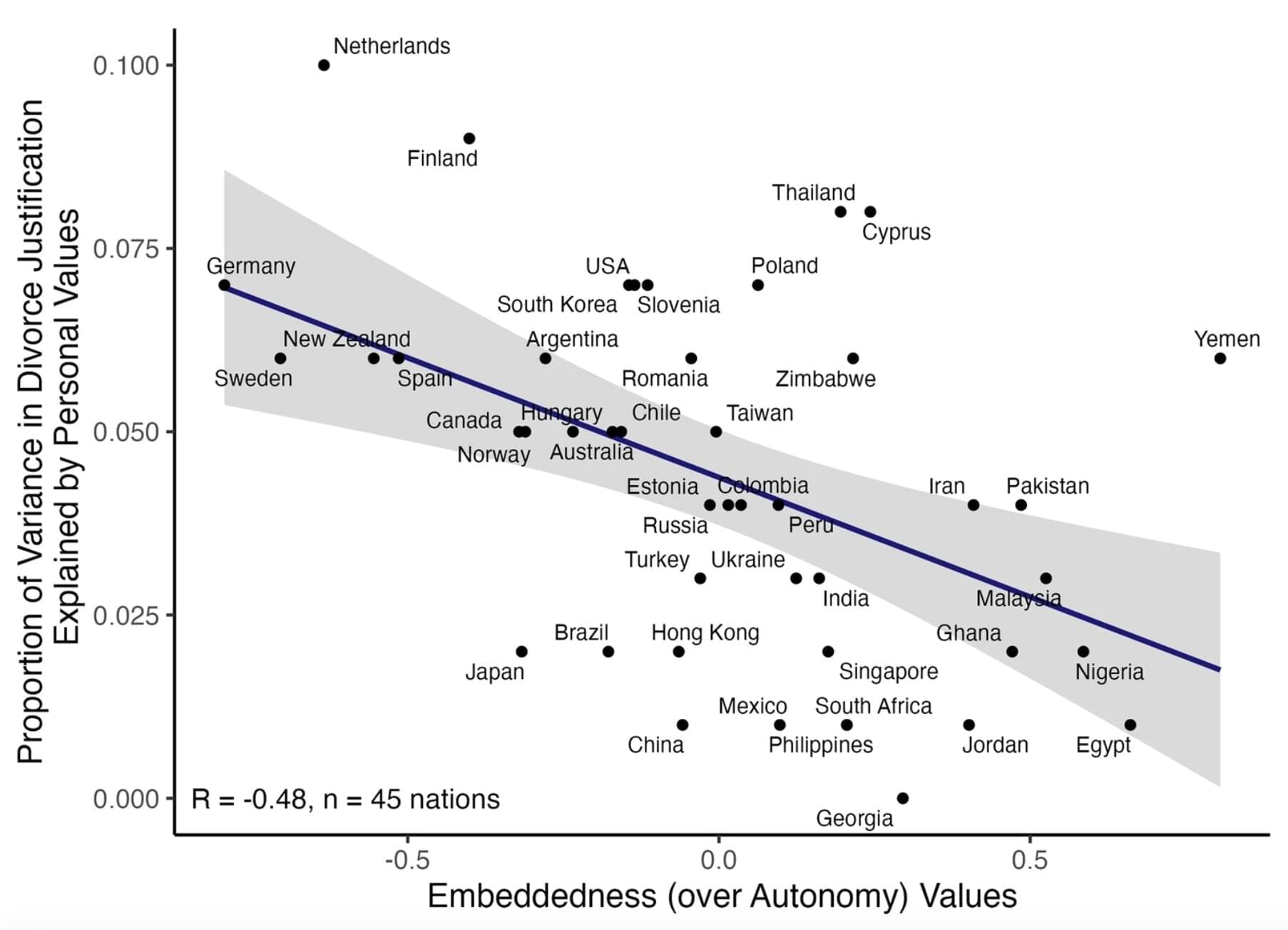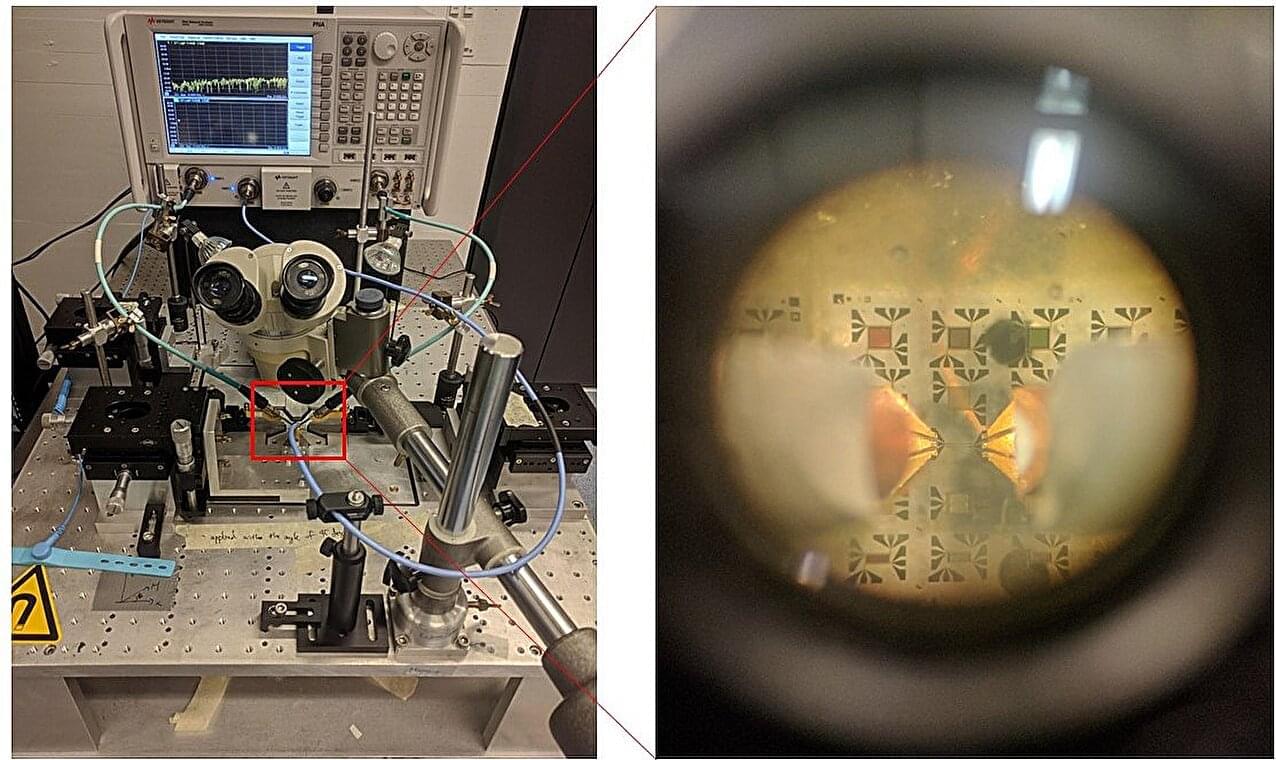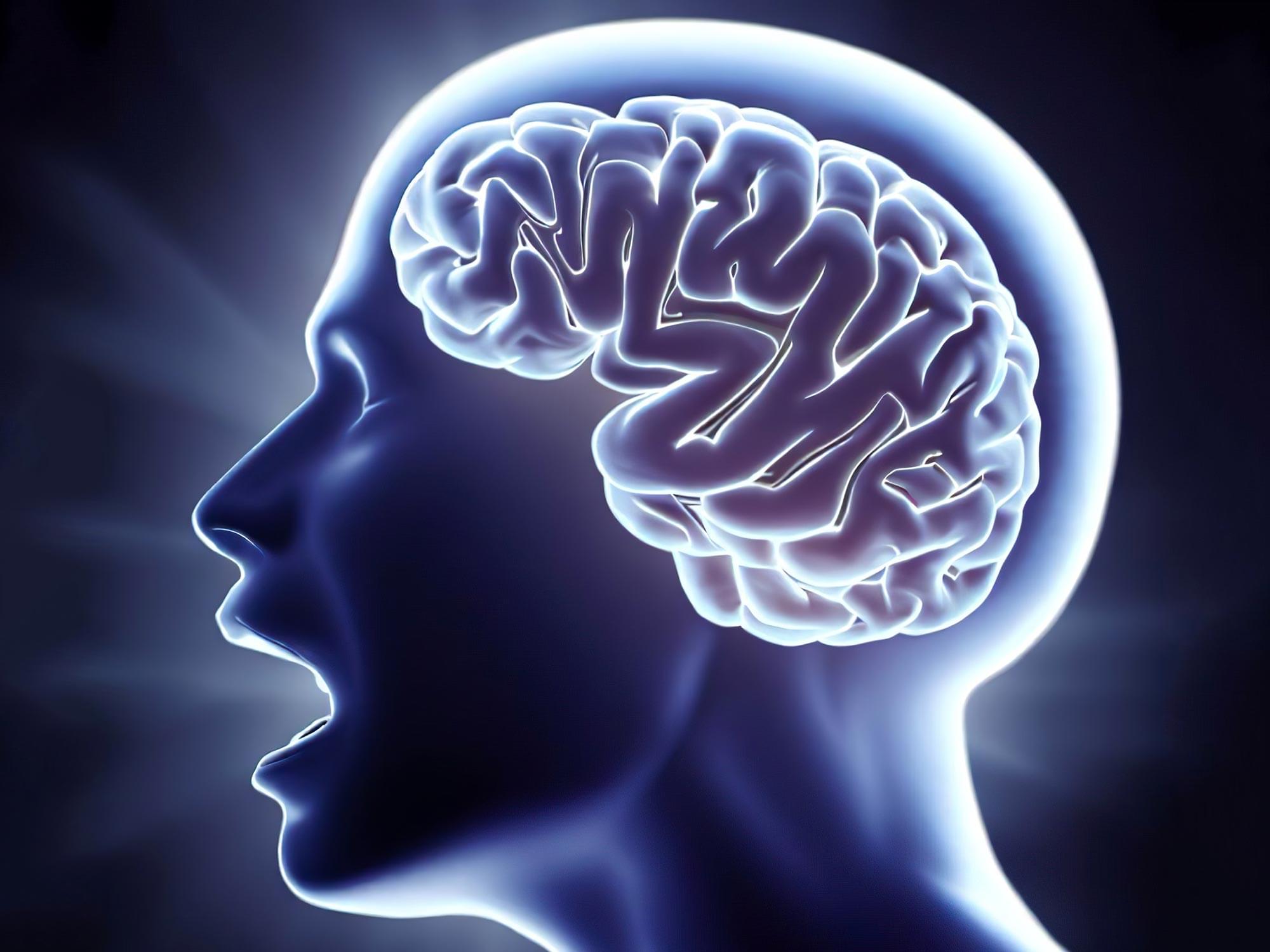To see how cognitive maps form in the brain, researchers used a Janelia-designed, high-resolution microscope with a large field of view to image neural activity in thousands of neurons in the hippocampus of a mouse as it learned. Credit: Sun and Winnubst et al.
Our brains build maps of the environment that help us understand the world around us, allowing us to think, recall, and plan. These maps not only help us to, say, find our room on the correct floor of a hotel, but they also help us figure out if we’ve gotten off the elevator on the wrong floor.
Neuroscientists know a lot about the activity of neurons that make up these maps – like which cells fire when we’re in a particular location. But how the brain creates these maps as we learn remains a mystery.

